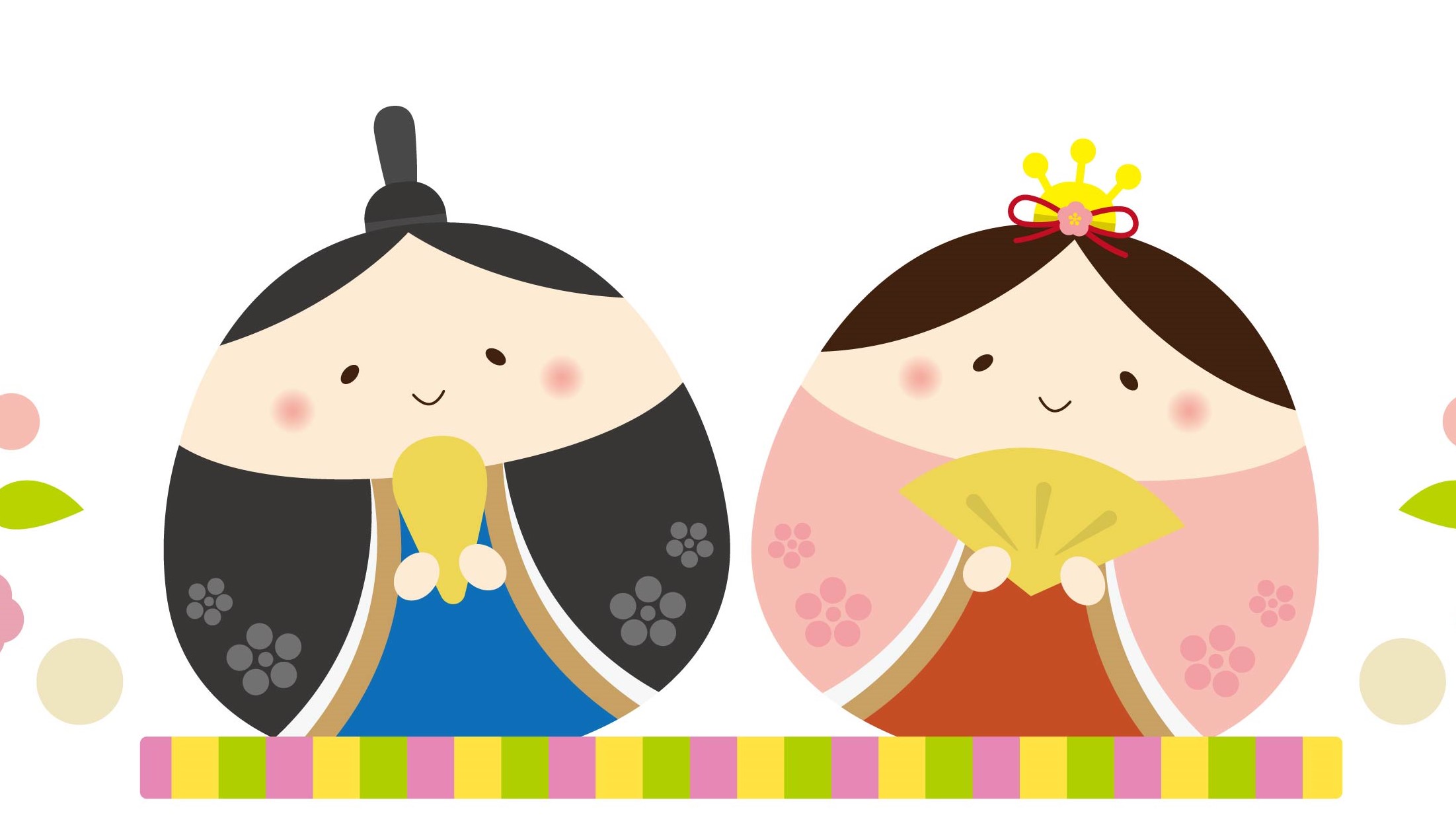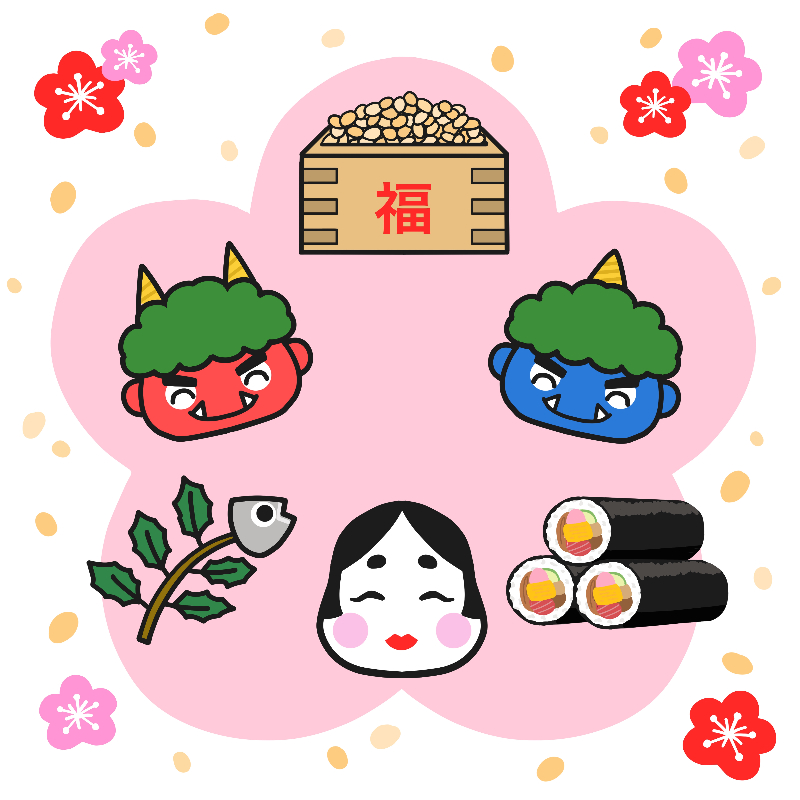
Description Karuta Game
 Students take turns reading descriptions and grabbing picture cards that match the descriptions.
Students take turns reading descriptions and grabbing picture cards that match the descriptions.
Preparation
- Using Picture Sheets (A) and (B), cut into sets of picture cards, each set comprising (1) males, (2) females and (3) pets.
- Using Description Sheets (A) and (B), make sets of description cards in the same way, each set comprising (1) description for males, (2) description for females and (3) description for pets.




Procedure
Group Work
Students form groups of 5 to play a version of ‘Grab’ and ‘かるた’.
Each group is given a set of picture cards and a set of description cards. One student in each group will read out the description cards while the other students play the game. Who will be reader can be decided by じゃんけん.
The reader shuffles the description cards and the players spread the picture cards out on the desk face up. While the reader reads the 4 hints on the description card, the players compete to grab the picture card which corresponds to the description. The reader can confirm that it is the right card by checking that the hiragana on the two cards corresponds.
When all the picture cards have been grabbed, the player who has the most is the winner.
Variations
- At the initial stage of learning descriptions, instead of using the whole set of cards the game can be played with a sub-set, eg. males only, or a few cards from each group.
- The teacher sets a time limit on the activity.
- Rules can be changed or added. For example, the reader can change with every card, or a player who grabs the wrong card has to miss a turn.
- Instead of reading out the hints in separate sentences, the reader reads two hints together using a てform for linking as in かみのけがくろくて、パーマをかけています or 男の人で、ぼうしをかぶっています.
- If students are learning relative clauses, they can be encouraged to make complex sentences like 目が大きい男の人ですor 顔がまるくて、めがねをかけていて、かみのけが長い男 の人です.
- Students can create a set of description cards themselves by thinking up appropriate hints to go with the picture cards. Alternatively, students make description cards about the students in their class or their teachers. They then read them out and their classmates guess who is being described.
- As well as group work, this resource can be used for the following whole class activity.
Procedure
Group work
Students form groups of 4 or 5.
Each group is given a set of picture cards and a copy of the Family Group Sheet.
The picture cards are shuffled and each player is given four cards. The rest of the cards are left in a pile in the middle of the table, face down.
The object of the game is to collect a complete family, so each player looks at his/her cards and accordingly chooses a family from the Family Group Sheet he/she will try to collect. Who plays first can be decided by じゃんけん.
The first player asks the next player (going clockwise) for a card he/she wants by describing the member of the family. Depending on the students’ level they may use a series of simple sentences withです, です sentences linked with て forms, or relative clause sentences like 目が大きい男の人はいますか or 顔がまるくて、めがねをかけていて、かみのけが長い男の人はいますか.
If the next player has the card requested, he/she must say はい、います and hand it over. The first player must then discard an unwanted card, so as to always have 4 cards. The discarded card is placed face up on the table. If the next player does NOT have the card requested, he/she says いいえ、いません. The first player must pick up a card from the top of the pile OR from the discarded cards lying face up on the table, and discard an unwanted card.
It is then the next player’s turn to ask his or her neighbour, and go through the same process. During the course of the game a player may decide he/she is better off trying to collect a different family, depending on which cards become available. The first player to collect a complete family is the winner.
Variations
- The first player asks ALL the other players at once for a card. If more than one player offers a card based on the description they hear, the first player has to decide whose card they will accept, (without seeing it!) so as to have no more than 4 cards. This variation will encourage players to give clear, detailed descriptions.
- The discarded cards are not put face up on the table, but put at the bottom of the pile in the middle of the table.
- When asked for a card, a player does not have to hand it over even if they have it, if it belongs to the family they themselves are collecting.
Resource created by Eiko Nakamura, Cathy Jonak and Michie Akahane-Suparman (March 2014).





